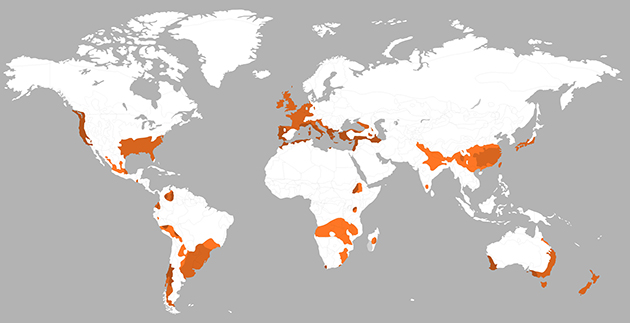 © Tom Fox
© Tom Fox
PROJECT INFO
Building type:
Urban Planning
Year:
2013
Project Status:
Built
Gross Area:
0 Sqm
Certificates:
LEED v4 BD+C (New Construction) Certified
Climatic zone:
Temperate
MY LAST SEEN PROJECTS
PROJECT DESCRIPTION
Ningbo Eco-Corridor project transforms an uninhabitable brownfield into a 3.3km-long “living filter” designed to restore a rich and diverse ecosystem, and serve as a valuable teaching tool and model for sustainable urban development. Recognizing that wetland and aquatic habitats hold the greatest conservation significance for this eco-region, the design team focused their energies on a site-specific intervention that would have historical and cultural relevance in the new era of eco-consciousness.
Within the Eco-Corridor site, the historic canals that characterize the Ningbo region had become severely degraded with the introduction of industrial uses in the absence of effective zoning and pollution controls. Hydrology filter layer: Replacing the existing system of dead-end and disconnected canals is a series of free-flowing rivulets, streams, ponds and marshland that will support the re-establishment of the indigenous ecology. Topography filter layer: Incorporating construction fill from the surrounding development areas, the corridor is carefully graded to create hills and valleys that direct the flow of water across the site. Vegetation filter layer: Native vegetation supports plant diversity and encourages colonization by indigenous wildlife. Variegated plantings also serve to purify ground water, cleanse stormwater run-off and create a unique sense of place.
The Eco-Corridor zone is carefully graded into contours creating a terrain of hills and valleys. Valley waterways serve to remove pollutants through settlement, aeration and bio-processing, while the hills provide vista points for visitors and increase habitat diversity. In collaboration with water-quality scientists, a system is designed using passive and active methods to aerate and encourage water movement over plant roots to remove contaminants. Stormwater run-off is collected and treated before entering the major waterway. This process is demonstrated and included in the park program and design for educational purposes. Wildlife Habitat structures like habitat logs and perch trees are planned along the riparian edge to jump start habitat complexity and species richness function. The design team identified emergent sustainable opportunities like waste concrete and excessive soil from surrounding urban development to create landscape topography to direct water, buffer the urban environment, provide vista points, and increase habitat diversity.
AWARDS
2009 ASLA Northern California Chapter Honor Award - Analysis, Research, Planning and Communication
2013 ASLA Honor Award - Analysis and Planning
SUSTAINABILITY FEATURES
Biological water treatment
Reclaimed materials
Recycled materials
Environmentally friendly furniture
Sustainable Urban Drainage Systems
Landscaped areas with no irrigation
SUSTAINABILITY STRATEGY
ENERGY DATA
Energy consumption:
N/A (N/A )
Consumption type:
Annual carbon footprint:
N/A (N/A )
Climate zone:
Temperate
Min. temperature =
5
Max temperature =
29
RH =
70%

CLIENT
Client:
Ningbo Planning Bureau
DESIGNERS
Architect:
SWA, Hui-Li Lee, Roy Immamura
Architect:
Chi-Wei Lin, Scott Chuang, Jack Wu, GV Chang, Nancy Coulter, Huiqing Kuang, Kat Sun, Amity Winters
CONSULTANTS
CONTRACTORS
OTHER PROJECTS BY TEAM
SIMILAR PROJECTS